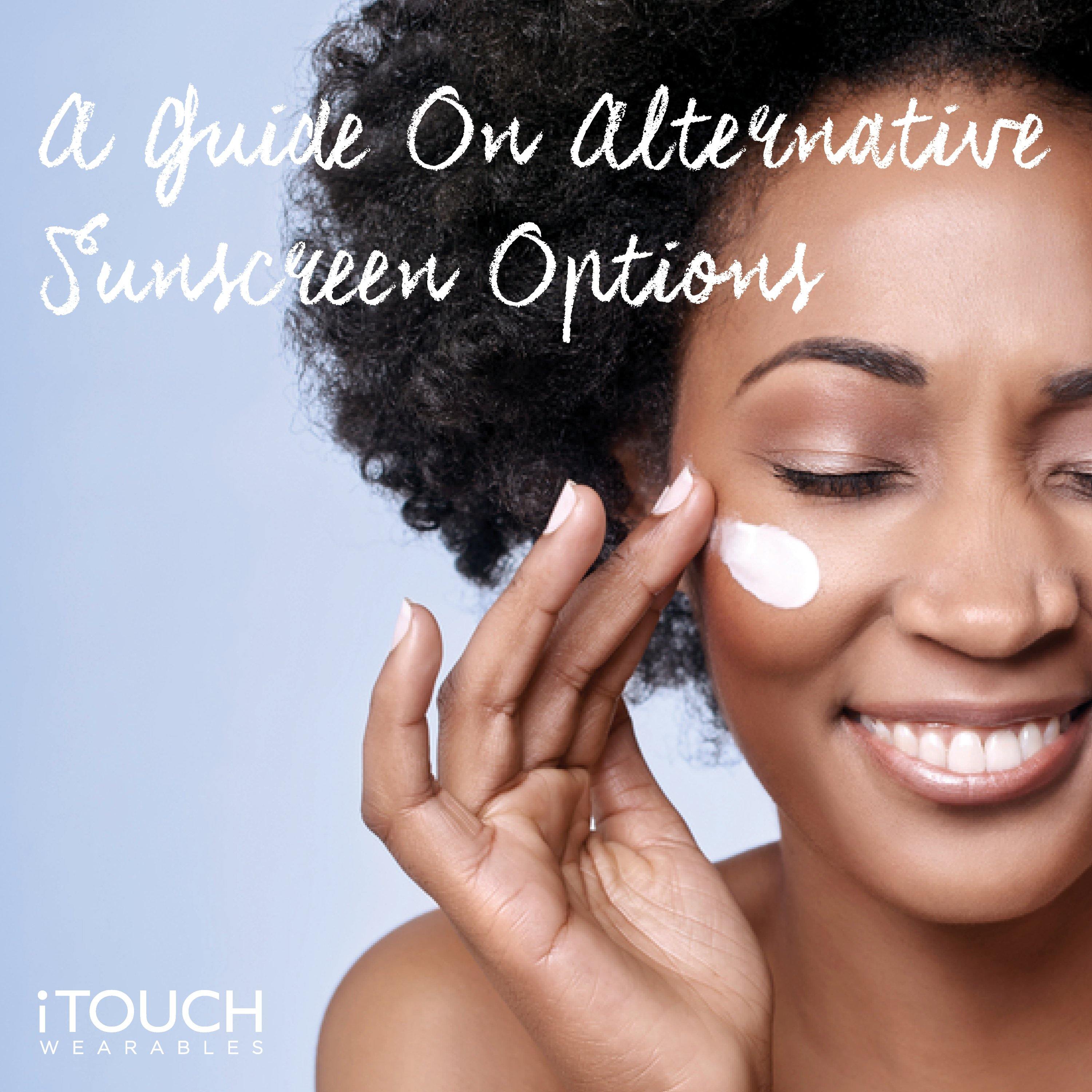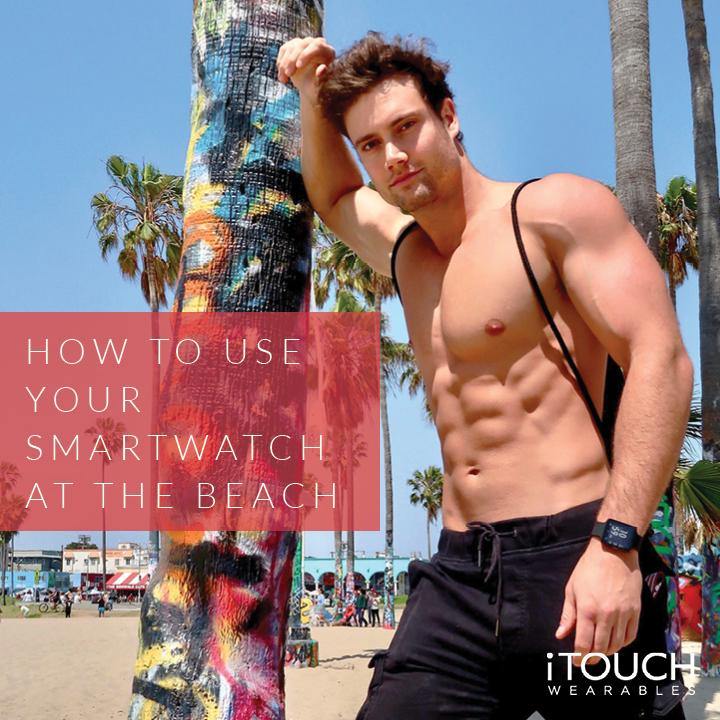
A Guide On Alternative Sunscreen Options
Sunburn is harmful and dangerous to our bodies - This is something that we can all agree upon and take steps in doing what we can to prevent our bodies from damage. Many of us turn to sunscreen - but have you ever thought about whether or not sunscreen is the only option out there?
We all know that sunscreen use has risen in past decades, with many media outlets and doctors going out of their way to teach us about all the benefits that come with sunscreen usage - whether it will be protecting against skin cancer, UV rays, and sunburn whether at the beach or elsewhere. The problem with this market is that not all are created equal and recent reports reveal that some sunscreens may be harmful.
There are a ton of sunscreens on the market that are made from rather harmful chemicals. These chemical based protection uses one or more chemicals including oxybenzone, avobenzone, octisalate, octocrylene, homosalate, and octinoxate. These chemicals raise some special concerns because many are able to cross into skin and other tissue. With these chemicals, it is important to ask questions such as:
- Will this cross the skin and get into other tissue in the body?
- Does this chemical have the potential to disrupt hormones, especially in children?
- Are there long-term or allergy reactions to these chemicals?
It may be silly to think about, but in research on the harmful affects of sunscreen, the most common sunscreen chemical, oxybenzone, was found in 96% of the population by a recent study by the Center for Disease Control and Prevention. Oxybenzone is a potentially harmful chemical towards our bodies, which can actually reduce sperm count in men and may contribute to endometriosis in women. The Center for Disease Control and Prevention also warns against using oxybenzone, especially on children or pregnant/breastfeeding women. Shocking right!
Well, we might have the solution for you! If you are interested in finding healthier alternatives to sunscreen, here are some tips and tricks to consider:
Use the Shade or Cover Up

In the event that I’m going to be out in the sun for much longer than my skin is used to, it is often easy enough to just put on a hat or shirt to shield my skin. This is the approach that the Environmental Working Group recommends. It is more effective at stopping excess sun exposure, costs less, and doesn’t harm the ocean. A common sense win/win scenario. When you are going to be in intense sun, that is when it is recommended to use sunscreen more efficiently - this can be when you are going for long walks or hikes, going to the beach, or spending long periods of time outside.
When it comes to the sun as well, know that sun exposure itself is not the only factor linked to skin cancer. Many nutritional factors, such as optimal vitamin D levels or even reducing our consumption of harmful omega-6 vegetable oils, can have a big impact on skin health.
Switch To Natural Sunscreens

When it comes to natural sunscreens, look for ones that are mineral based. Mineral options typically include ingredients like zinc oxide or titanium dioxide, which create a physical barrier to protect the skin from the sun. Dermatologists agree that when used correctly, mineral formulations can be effective and are safe even for children and sensitive skin. These minerals are used to create a physical layer of protection on the skin. Many options of mineral broad spectrum sunscreen provide water-resistant protection from both UVA and UVB rays, however, it is important to read labels carefully. Not all mineral based sunscreens do, and you may still need to use protective clothing and hats to avoid excess exposure even with mineral sunscreen.
A Homemade Sunscreen Recipe

If you want to make your own sunscreen at home, it is really simple to do! Avoid the chemicals in commercial brands and opt for this option. Make sure to check out the notes at the end of the recipe for tips.
Makes : 1 Cup of Sunscreen - From Wellness Mama
Gather Together:
- ½ Cup Almond Or Olive Oil
- ¼ Cup Coconut Oil
- ¼ Cup of Beeswax
- 2 Tablespoons of Zinc Oxide
- 1 Teaspoon of Red Raspberry Seed Oil (or less, optional)
- 1 Teaspoon of Carrot Seed Oil (or less, optional)
- 2 Tablespoon of Shea Butter (optional)
Directions:
- Combine all the ingredients except zinc oxide in a pint-sized or larger glass jar.
-
- Fill a medium saucepan with a couple inches of water and place on the stove over medium heat.
- Put a lid loosely on the jar and place it in the pan with the water.
- Shake or stir the jar occasionally to mix the ingredients as the melt.
- When all the ingredients are completely melted, stir in the zinc oxide, and pour into whatever jar or tin you will use for storage.
- Stir a few times as it cools to make sure zinc oxide is incorporated.
- Store at room temperature or in the refrigerator to increase shelf life
Notes:
- This sunscreen is not waterproof and will need to be reapplied after sweating or swimming.
- Make sure not to inhale the zinc oxide. Use a mask if necessary!
- Add more beeswax to make thicker sunscreen, less to make smooth sunscreen.
- Store in a cool, dry place or in the fridge.


